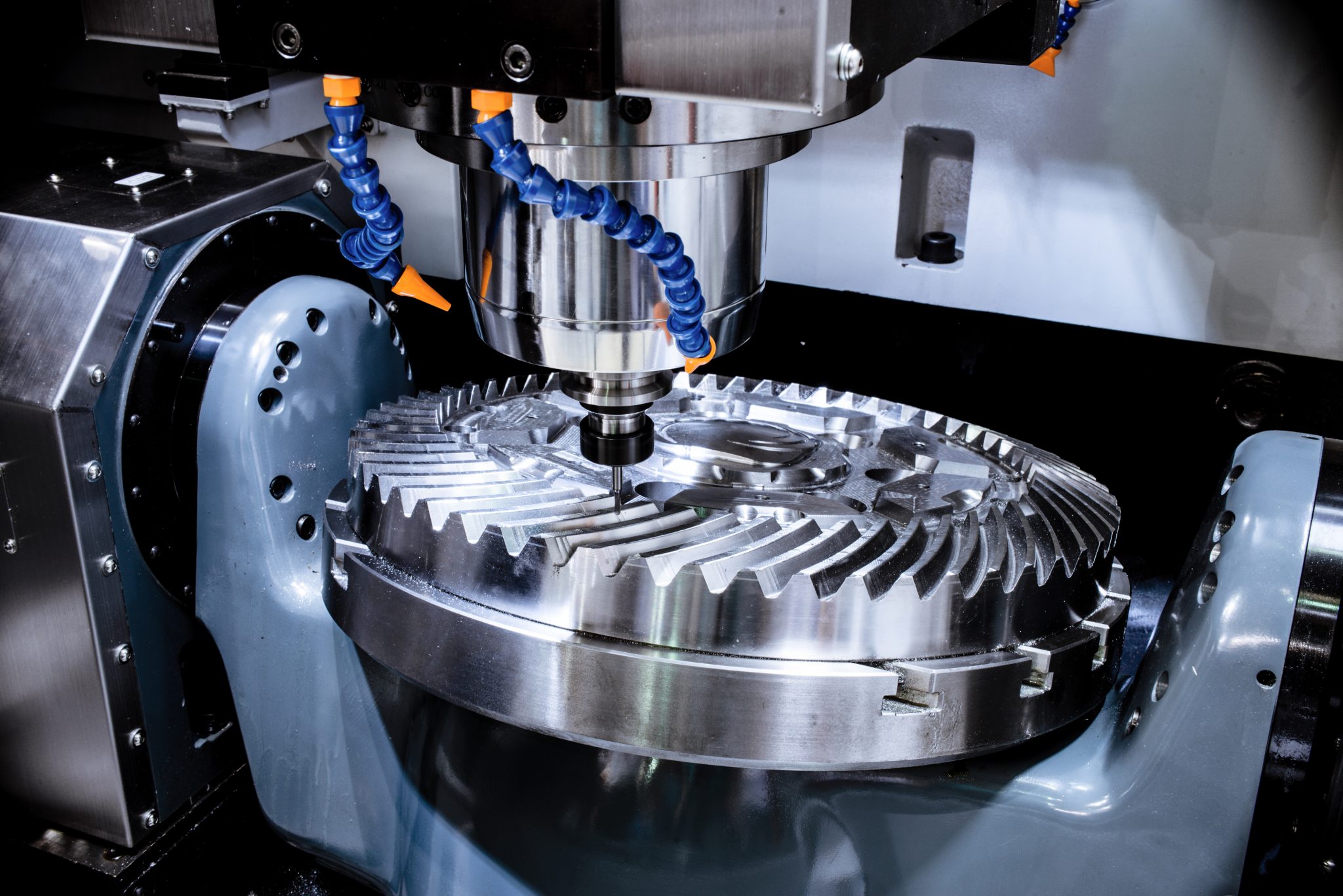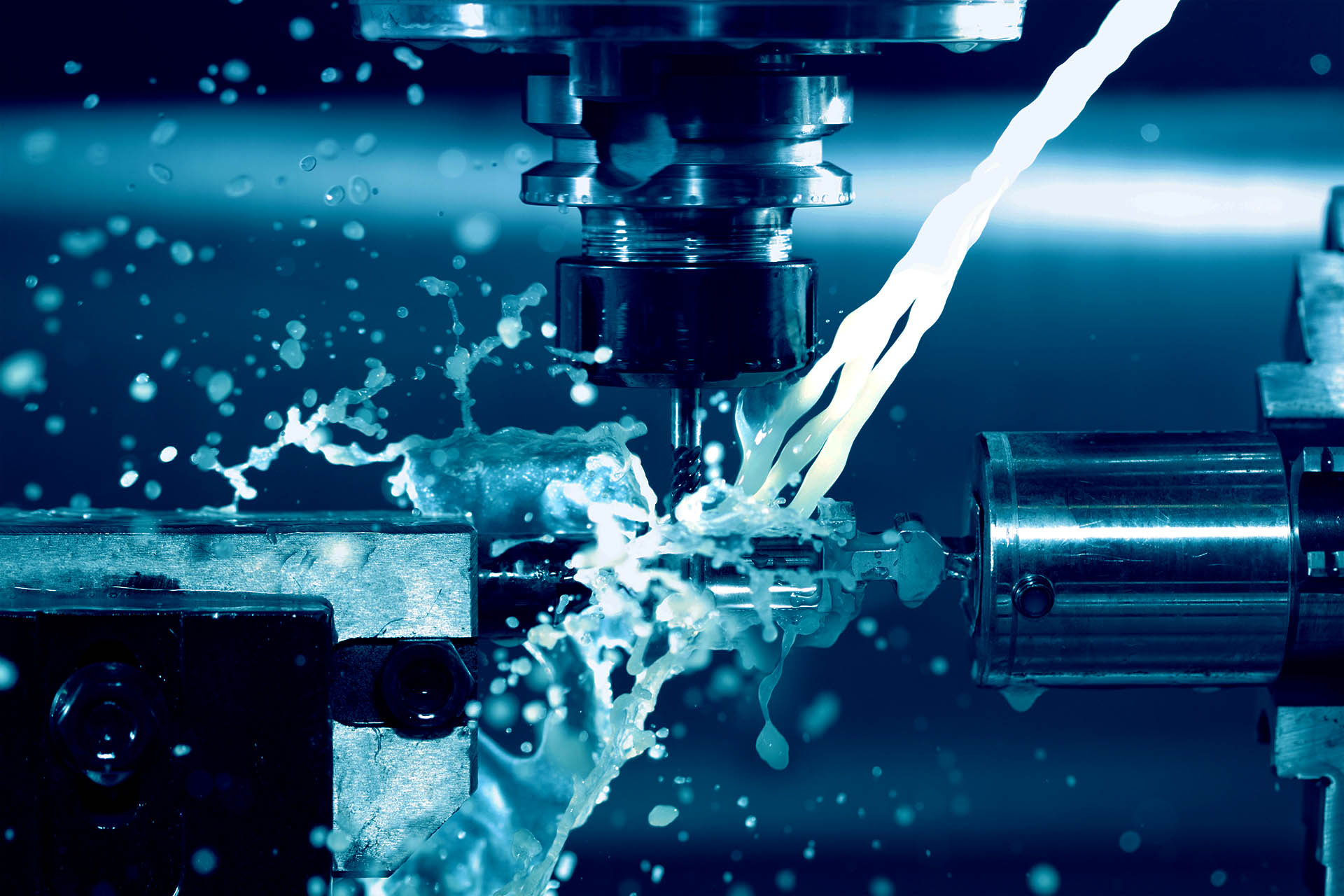Introducing the Ins And Outs of Fasteners and Machining Procedures for Optimal Efficiency
In the realm of design and production, the selection of bolts and the complexities of machining procedures play an essential role in establishing the utmost performance and sturdiness of an item. From the relatively straightforward job of choosing the ideal type of bolt to the complex accuracy machining techniques utilized, every action in this procedure demands careful attention to information. As we start this exploration right into the globe of fasteners and machining, we will certainly uncover the refined yet critical aspects that can considerably influence the efficiency and high quality of the last product, shedding light on the usually neglected facets that can make all the distinction in accomplishing ideal efficiency.

Significance of Proper Bolt Selection
Selecting the appropriate fasteners is crucial in making certain the architectural stability and longevity of any kind of mechanical setting up. Bolts play an essential duty in holding parts together firmly, with the best choice contributing significantly to the total performance and integrity of the assembly. When choosing fasteners, variables such as product compatibility, environmental problems, load-bearing capability, and ease of setup need to be very carefully considered to ensure optimal efficiency.
Inappropriate bolt selection can bring about a variety of concerns, including helping to loosen, rust, and also structural failing. Using bolts that are not matched to the particular needs of the assembly can endanger its performance and posture security threats. For that reason, designers and designers should diligently assess the application needs and choose bolts that meet or surpass the required criteria and specs.
Additionally, the right bolt selection procedure entails assessing the joint design, expected tons, resonance degrees, and possible thermal development or tightening to make certain that the chosen fasteners can endure the operating conditions efficiently. By focusing on appropriate bolt choice, suppliers can boost the top quality, resilience, and performance of their mechanical settings up.
Types and Qualities of Fasteners
A crucial facet of mechanical settings up depends on recognizing the diverse types and distinct attributes of fasteners used in different industrial applications. Fasteners are essential parts that hold structures together, guaranteeing stability and functionality. There is a vast array of fasteners available, each designed for particular functions based on the application requirements. Usual sorts of bolts include screws, bolts, nuts, pins, washing machines, and rivets.
Screws are threaded fasteners that are frequently utilized to join two or more parts with each other. Screws are similar to screws yet are usually used with a nut to develop a protected joint. Nuts are inside threaded bolts that mate with screws to hold elements together. Washers are slim plates that distribute the lots of a fastener, protecting against damage to the product being fastened. Rivets are irreversible bolts that are hammered or pressed right into place. Pins are utilized for alignment or to protect parts briefly.
Recognizing the characteristics of each sort of fastener is important for selecting the best Check This Out one for a particular application, ensuring optimal efficiency and dependability of the mechanical setting up. Fasteners and Machining.
Accuracy Machining Strategies for Performance
The intricate layout needs of different bolts require employing precision machining strategies for ideal performance in producing procedures. One of the main strategies used in accuracy machining is Computer system Numerical Control (CNC) machining, which enables high degrees of accuracy and repeatability in the production of bolts.
In enhancement to CNC machining, other precision strategies such as grinding, milling, and transforming are typically used to attain the limited tolerances required for fasteners. These methods allow producers to create fasteners with smooth surfaces, exact dimensions, and high structural honesty. By making use of precision machining methods, suppliers can enhance the high quality of bolts, reduce material waste, and boost total production efficiency. Moreover, the usage of advanced machining processes assists make certain that bolts meet industry requirements and client expectations for performance and dependability.

Aspects Influencing Machining Refine Efficiency
Numerous variables play a substantial duty in determining the performance of machining processes in the manufacturing of bolts. Maximizing these criteria based on the details needs of the bolt being generated is vital to attaining specific and cost-efficient machining.
Equipment strength and security likewise play a critical duty in establishing machining procedure performance. A steady device with minimal resonances can boost precision and avoid tool wear, resulting in far better general efficiency. In addition, the ability and experience of the maker operator can not be underestimated. A well-informed driver can make real-time changes, troubleshoot problems efficiently, and make certain that the machining procedure runs smoothly, inevitably impacting the final top quality of the fastener.

High Quality Control Measures in Manufacturing
Elements influencing machining procedure performance, such as reducing device option and device stability, directly effect the implementation of top quality control measures in production. Quality assurance steps are vital in making certain that products fulfill the needed specifications and requirements. In the production process, numerous methods are employed to preserve high quality requirements. Inspection and screening play an essential duty in identifying any type of inconsistencies from the preferred end result. Routine maintenance of machining tools is additionally essential my link to copyright quality assurance. Calibration of tools and devices is needed to guarantee accurate and specific manufacturing processes. Additionally, executing standard operating treatments and methods can aid in preserving uniformity and top quality throughout the manufacturing line. Quality assurance measures not only concentrate on the end item yet additionally on every stage of the production process to stop mistakes and problems. By sticking to rigid quality assurance measures, producers can improve client complete satisfaction, develop a credibility for dependability, and inevitably attain optimal efficiency in their machining processes.
Final Thought
To conclude, choosing the ideal bolts and using precision machining techniques are essential for optimal performance in producing processes. Comprehending the types and features of fasteners, together with aspects influencing machining process efficiency, can result in boosted efficiency and high quality control steps. By paying attention to these intricacies, producers can accomplish higher degrees of performance and integrity in their items.
In the realm of design and manufacturing, the selection of bolts and the complexities of machining procedures play a critical discover this duty in identifying the ultimate efficiency and sturdiness of an item (Fasteners and Machining). One of the key techniques utilized in accuracy machining is Computer Numerical Control (CNC) machining, which allows high levels of precision and repeatability in the manufacturing of fasteners. The use of sophisticated machining procedures helps make certain that fasteners fulfill industry requirements and consumer assumptions for performance and reliability
In final thought, choosing the best bolts and utilizing precision machining methods are vital for optimal performance in manufacturing procedures. Comprehending the types and attributes of fasteners, along with factors influencing machining process efficiency, can lead to enhanced effectiveness and high quality control actions.